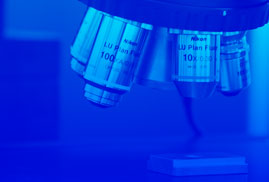In 2001, the W3C-backed software industry agreed on the basis of a communication model between heterogeneous applications on the Internet, called Web Service. Manufacturers proclaim that it will transform the industry and the relationships between organisations and insist on the virtues and benefits of this model. Websites for the dissemination of technology are appearing and no effort has been spared to emphasise and justify the adoption and use of this new technology. The media bombardment of the last four years speaks of promises and great benefits, lays the foundations of the Web of the future and urges not to miss that train. But, it is important to know what is real and what is promising. Companies cannot adopt technologies based on promises but only on well proven realities. Manufacturers emphasise the positive aspects of a future technology, but say nothing about the limitations and drawbacks. Therefore, one must not believe blindly but must investigate to know the real applicability of this new technology.
This thesis is intended to contribute to the research context, which is made up of MCC cooperative companies related to the University of Mondragon (MU). The main contribution is to guide the process of technological adoption. To this end, the technology, its applicability and interoperability are investigated in this order. To learn about technology, the starting point is experimentation. Experimentation has been developed through two projects with well-differentiated characteristics. The first illustrates a scenario of integrating the process of MU enrolment among the different faculties. This experiment is characterised by its internal nature between homogeneous platforms. The second experiment is the development of a connector within the European K-Flow project. This project is of an external nature between heterogeneous platforms. The experiments as a whole form a framework that provides relevant knowledge and form the basis of the research.
In order to know the reality of interoperability, the most significant development platforms in the research context have been researched. These platforms have been both proprietary and Open Source. It has been necessary to combine styles, uses and design approaches in standard and proprietary architectures to know the reality in interoperability, and thus be able to define the solution according to the scenario. After researching the technology, its applicability and interoperability, a knowledge map has been developed that defines a technology adoption strategy. Technological adoption involves the knowledge of a wide range of technical disciplines, so it is advisable to go through the process in stages. The knowledge map establishes recommendations on the stages to be followed in the process of technological adoption and the objectives pursued at each stage. In addition, this knowledge map includes the sources of the knowledge elements involved.


